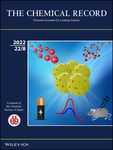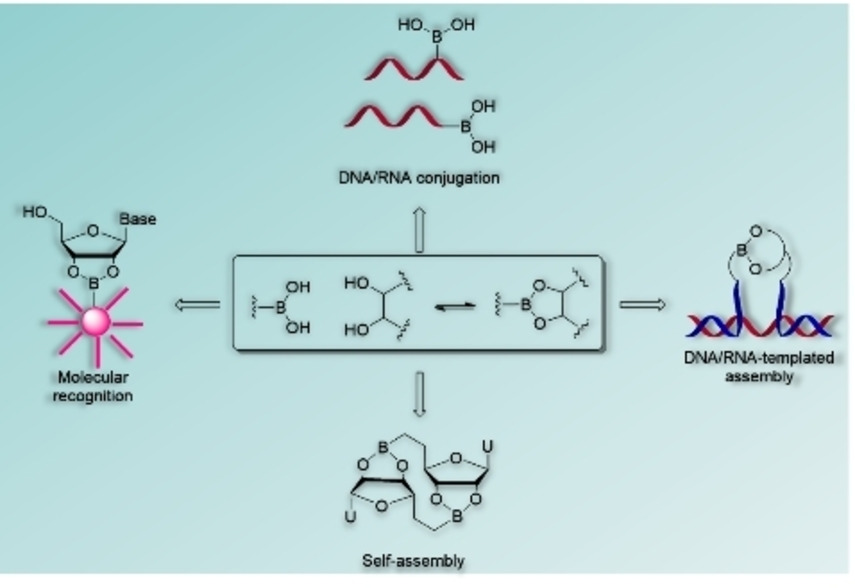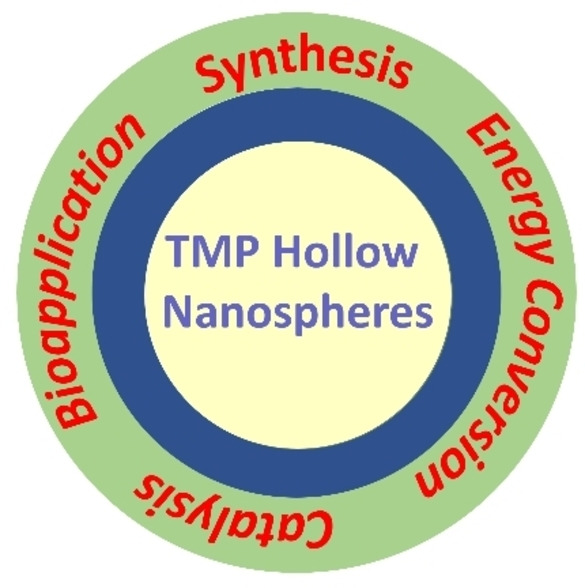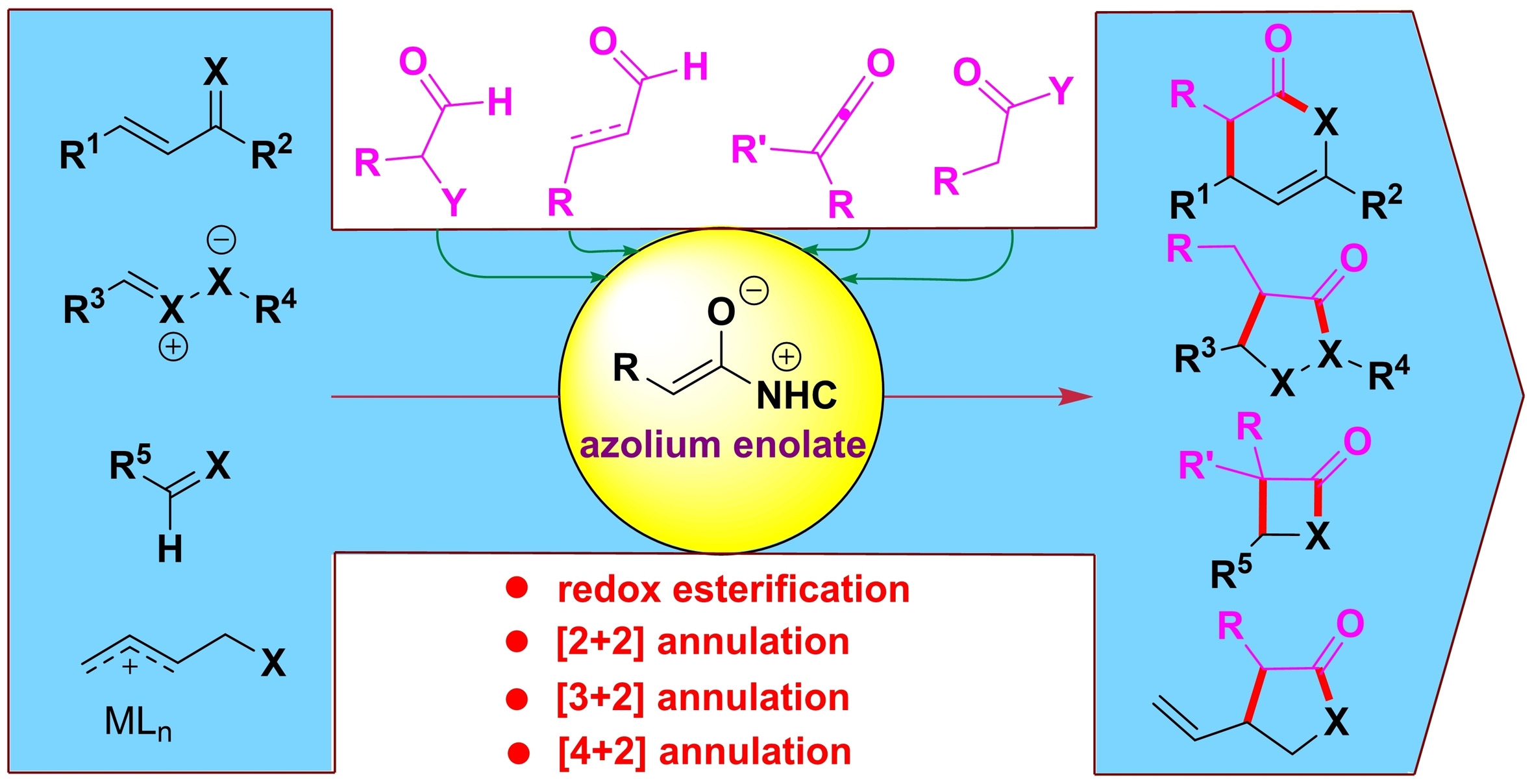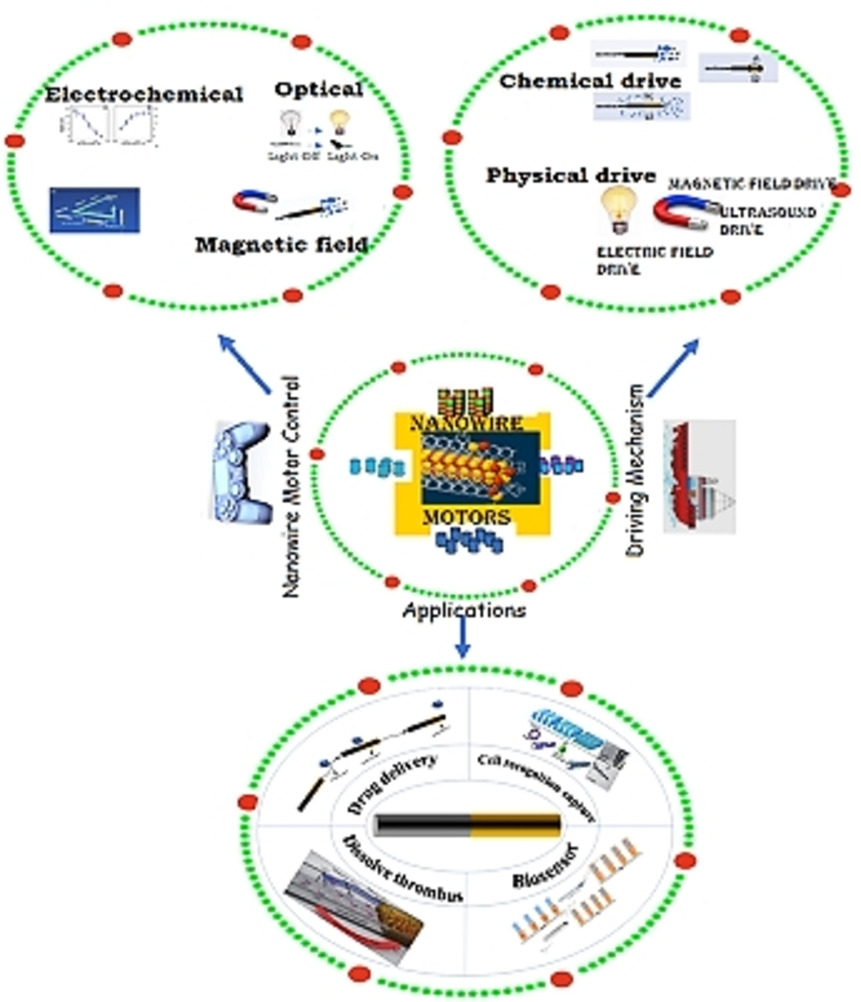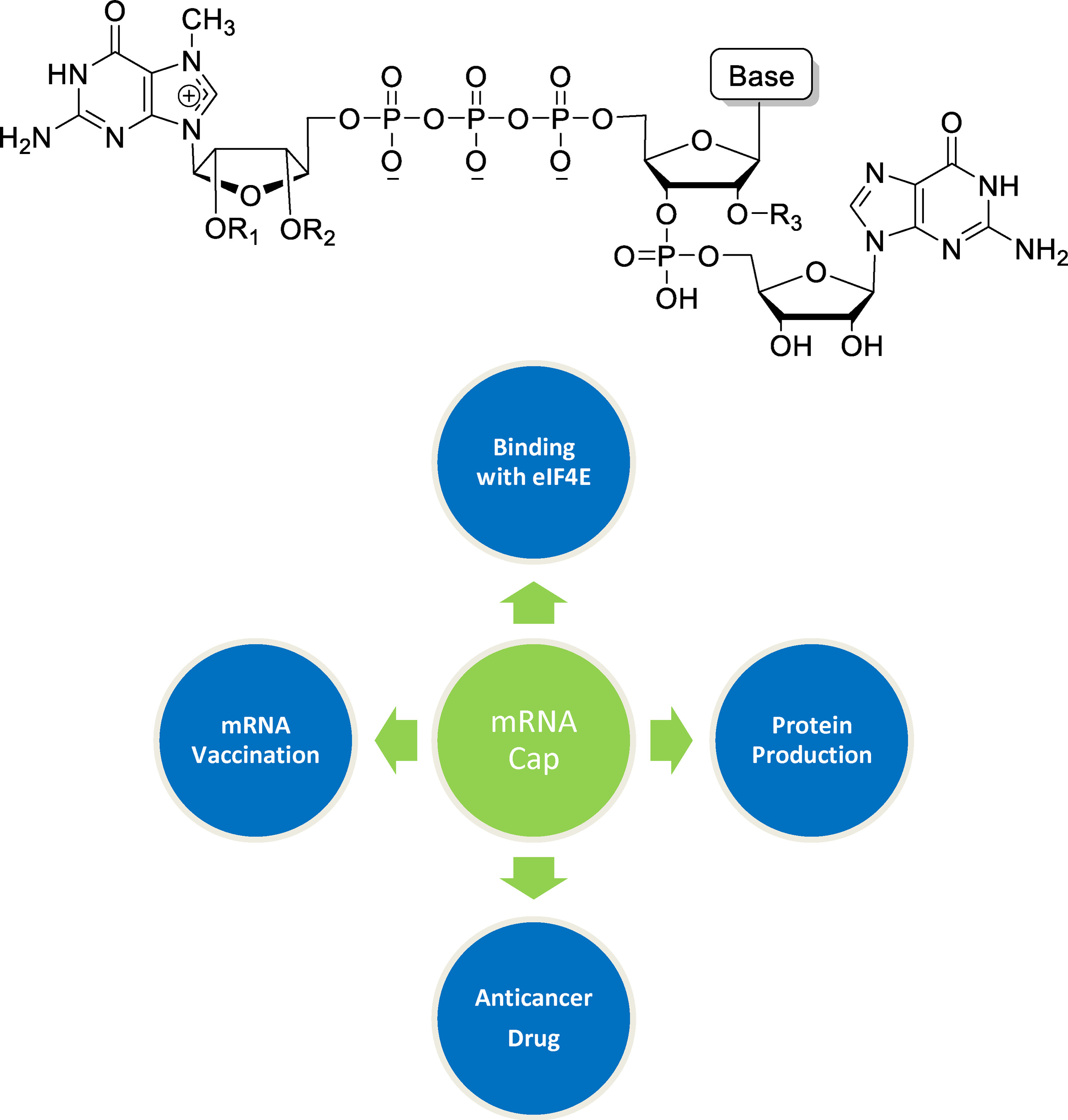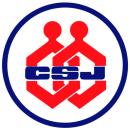Journal list menu
Export Citations
Download PDFs
Cover Pictures
Cover Picture: Hollow Structured Transition Metal Phosphates and Their Applications (Chem. Rec. 8/2022)
- First Published: 05 August 2022
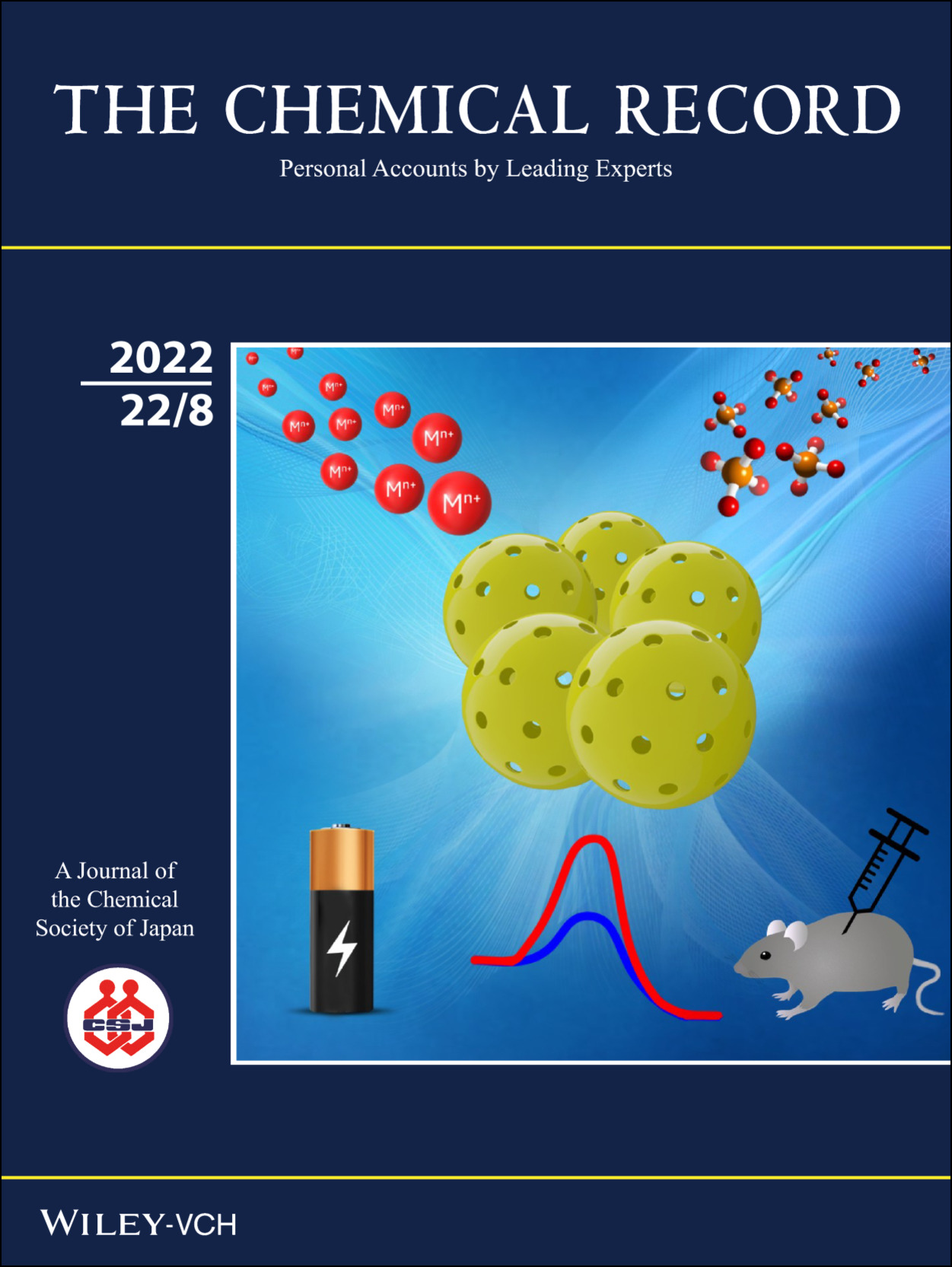
The cover picture shows the general method to synthesize hollow transition-metal phosphates nanoparticles. More viewpoints are provided on the issues around the synthesis methods with advanced novel strategies to explore the functionalization of these hollow transition-metal phosphates for different applications, such as energy conversion, catalysis, adsorption, and drug delivery. High surface area, tunable size, and thorough porosity on the shell with hollow voids enhance the aforementioned applications. See the Review by B. P. Bastakoti and co-workers (DOI:10.1002/tcr.202200084).
Essays
The Many Chemists Who Could Have Proposed the Woodward-Hoffmann Rules But Didn't: The Organic Chemists Who Knew of the Smoking Guns
- First Published: 25 July 2022
Personal Accounts
Applications of the Reversible Boronic Acids/Boronate Switch to Nucleic Acids
- First Published: 31 May 2022
Discs to a ‘Bright’ Future: Exploring Discotic Liquid Crystals in Organic Light Emitting Diodes in the Era of New-Age Smart Materials
- First Published: 20 May 2022
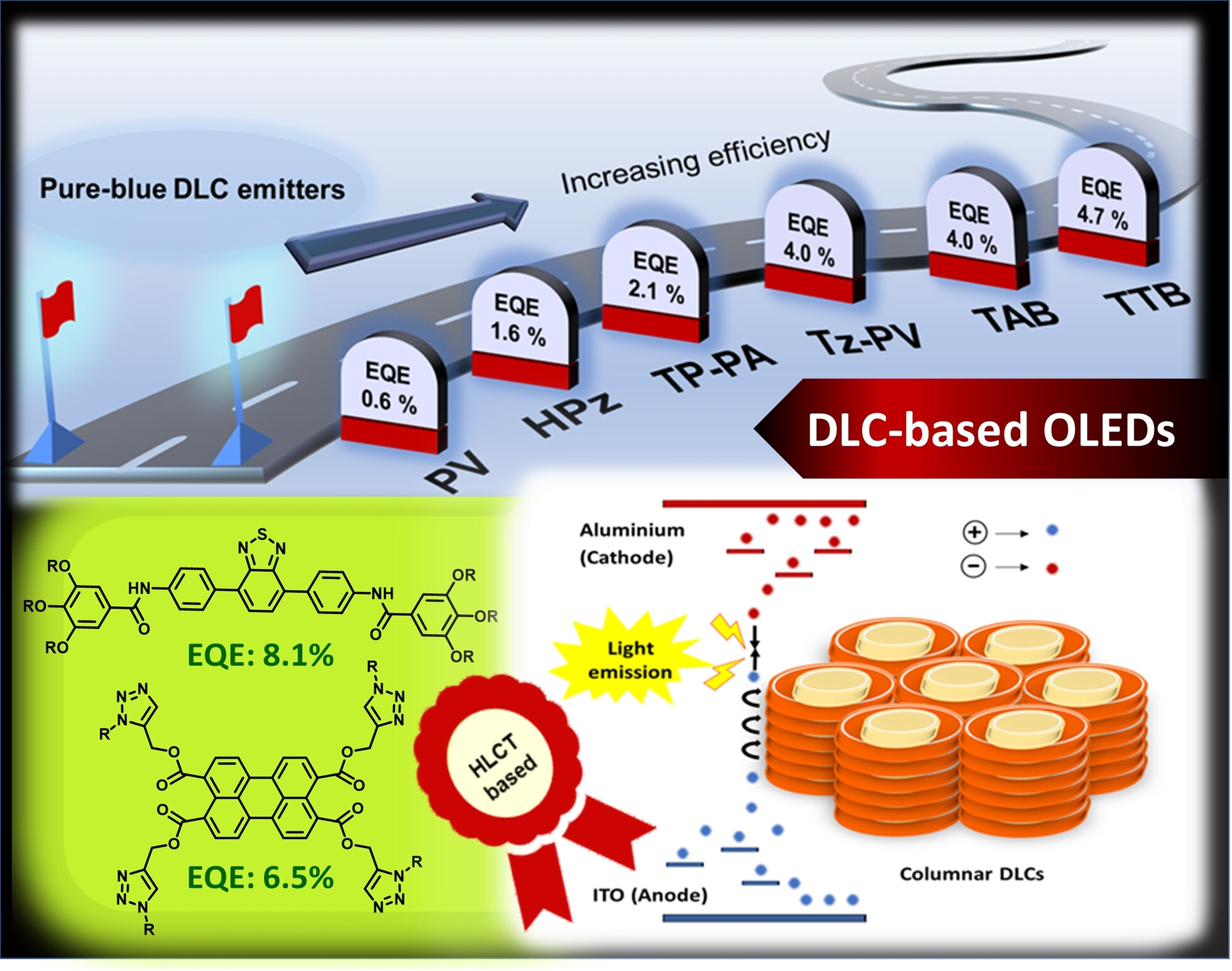
This account outlines the evolution of Discotic Liquid Crystals (DLCs) as emitters in organic light-emitting diodes (OLEDs) through varied photophysical processes like fluorescence, aggregation-induced emission (AIE), and hybrid local and charge transfer (HLCT). The efficiency of these self-assembling molecules is also discussed in terms of device parameters for OLED devices fabricated with representative examples.
Synthetic Applications of Prins Cyclization in Natural Product Syntheses
- First Published: 09 May 2022
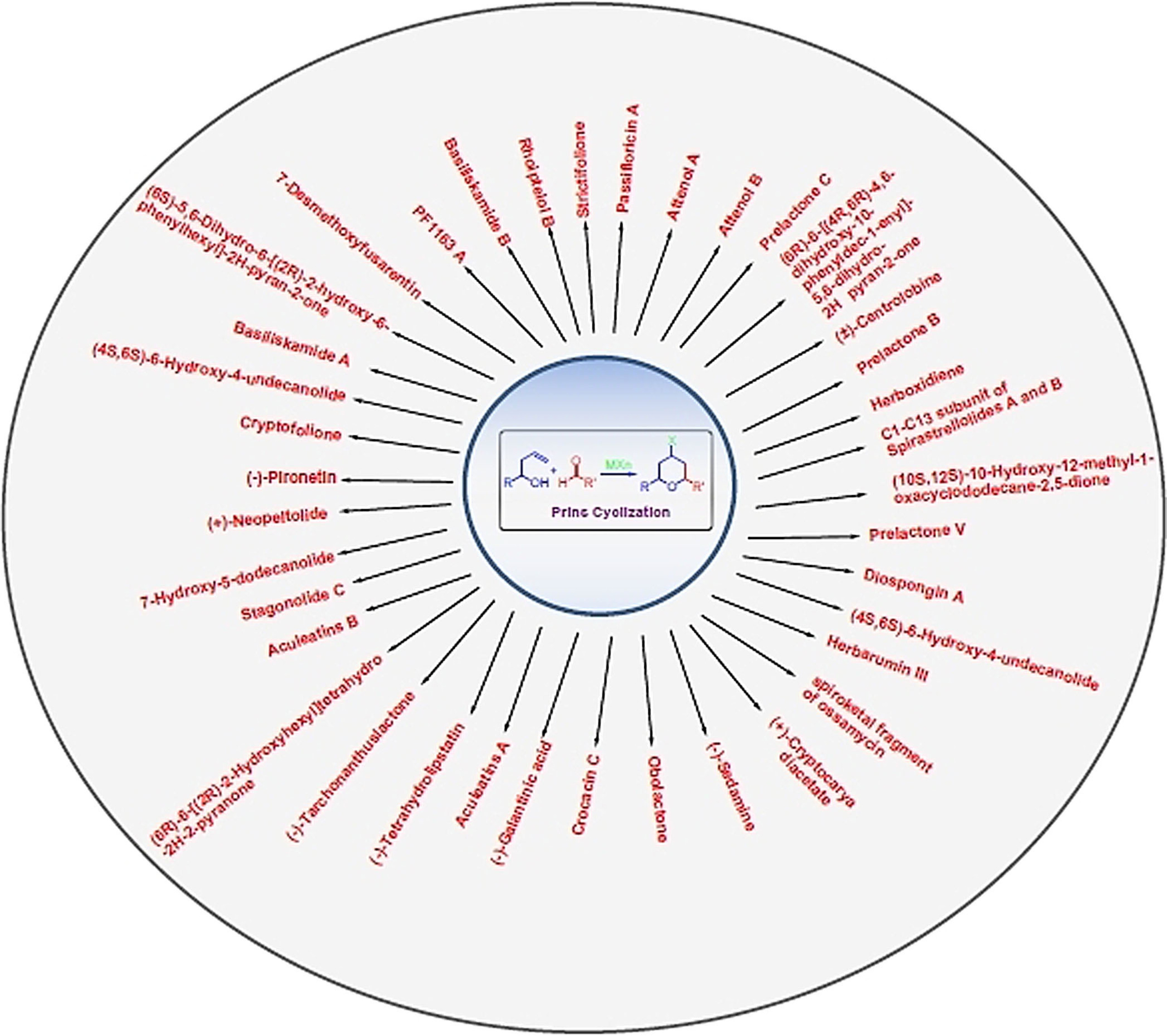
Prins cyclization is one of the wonderful strategies to construct tetrahydropyran (THP) unit stereo selectively in asymmetric synthesis. In this account, we discuss our research efforts toward the synthesis of various natural products from the past two decades (2005–2020) by using Prins cyclization as key step. Further, the synthetic utility of this reaction was investigated and well demonstrated on various molecules successfully. Moreover, this review will be useful and simplify the complexity in the synthesis of similar natural products which is having THP as core unit in future.
Rational Development of Bacterial Ureases Inhibitors
- First Published: 03 May 2022
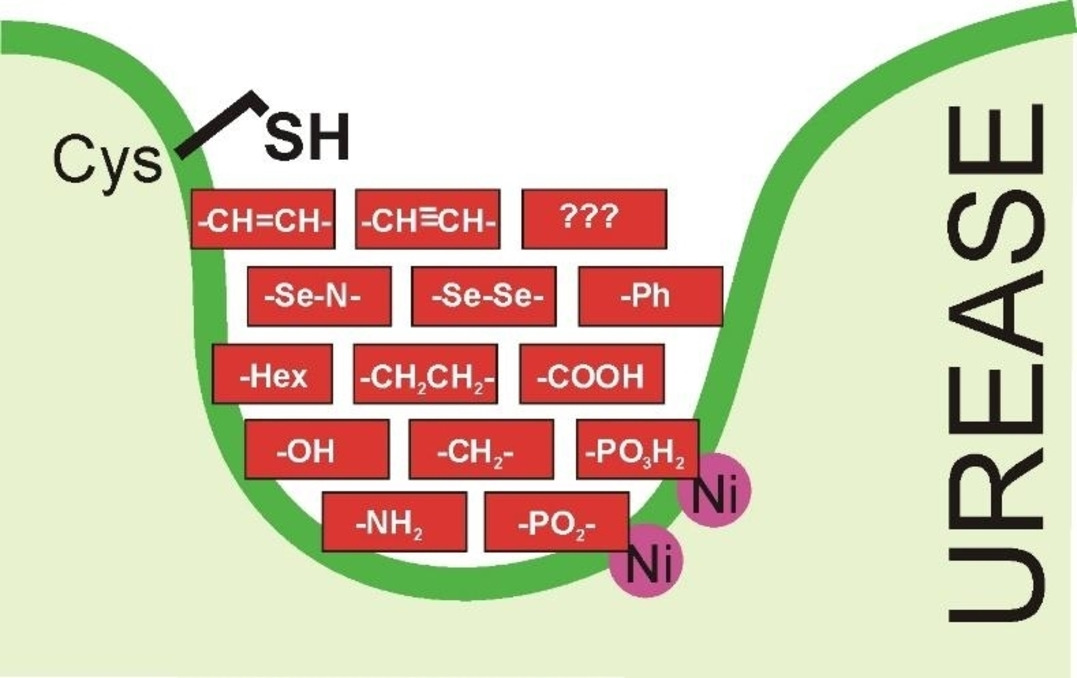
Urease, an enzyme catalyzing hydrolysis of urea, is a target in possible treatment of bacterial infections of Helicobacter pylori and Proteus spp. The review summarizes efforts for rational construction of inhibitors of bacterial ureases using mainly organophosphorus and organoselenium compounds. Several classes of highly potent inhibitors of urease from pathogenic bacteria were developed.
Reviews
Hollow Structured Transition Metal Phosphates and Their Applications
- First Published: 11 July 2022
N-Heterocyclic Carbene (NHC)-Catalyzed Transformations Involving Azolium Enolates
- First Published: 13 May 2022
Covalent Organic Frameworks-Based Membranes as Promising Modalities from Preparation to Separation Applications: An Overview
- First Published: 31 May 2022
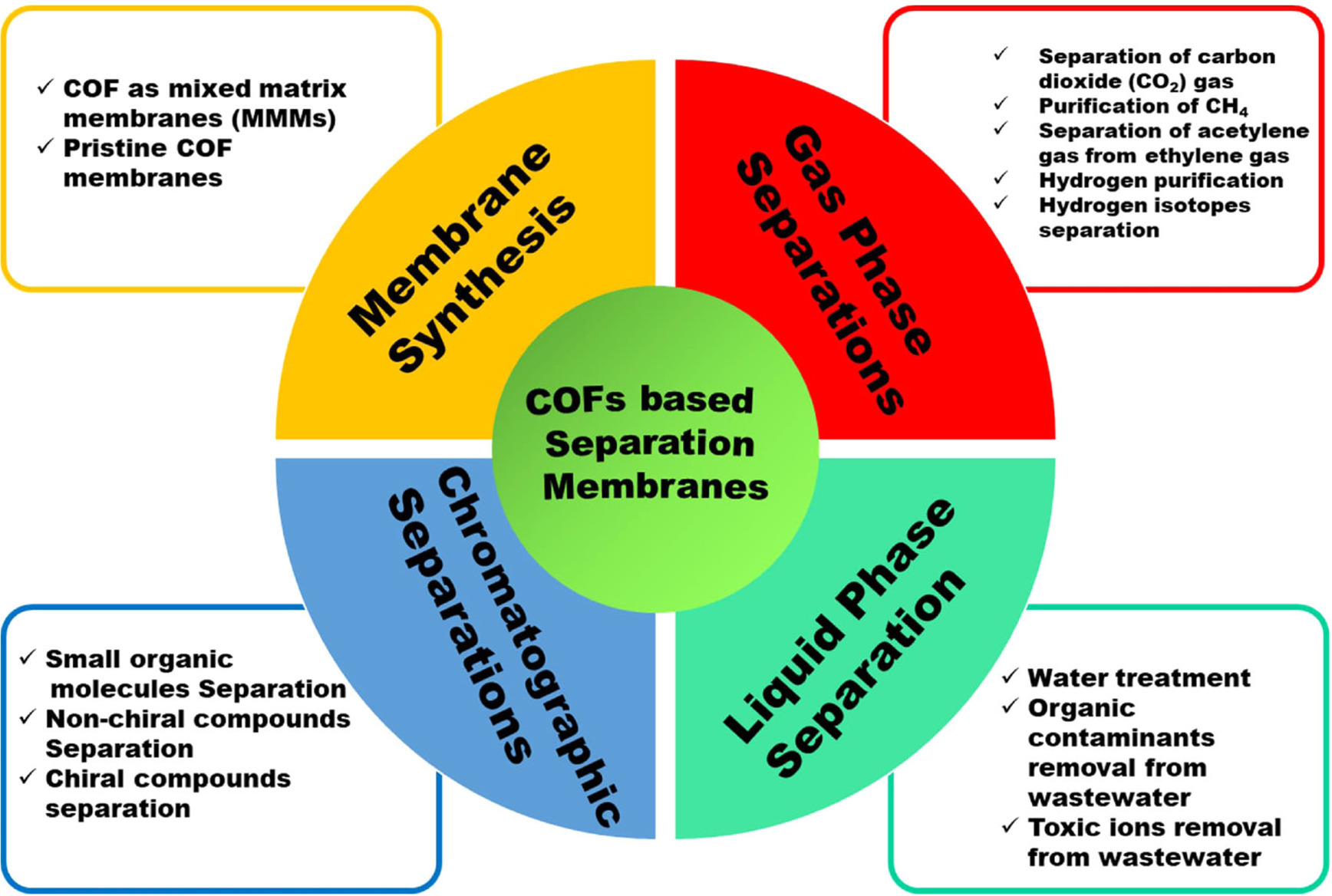
Covalent Organic Frameworks are an emerging class of porous crystalline materials, having large surface area, high porosity, low density and systematically ordered pore structures. Furthermore, the facile functionalization of COFs makes them suitable candidates for a variety of membrane science based separation applications.
A Critical Review on Nanowire-Motors: Design, Mechanism and Applications
- First Published: 26 May 2022
Recent Advances in Modified Cap Analogs: Synthesis, Biochemical Properties, and mRNA Based Vaccines
- First Published: 14 April 2022
DNA Nanotechnology-Based Supramolecular Assemblies for Targeted Biomedical Applications
- First Published: 09 May 2022
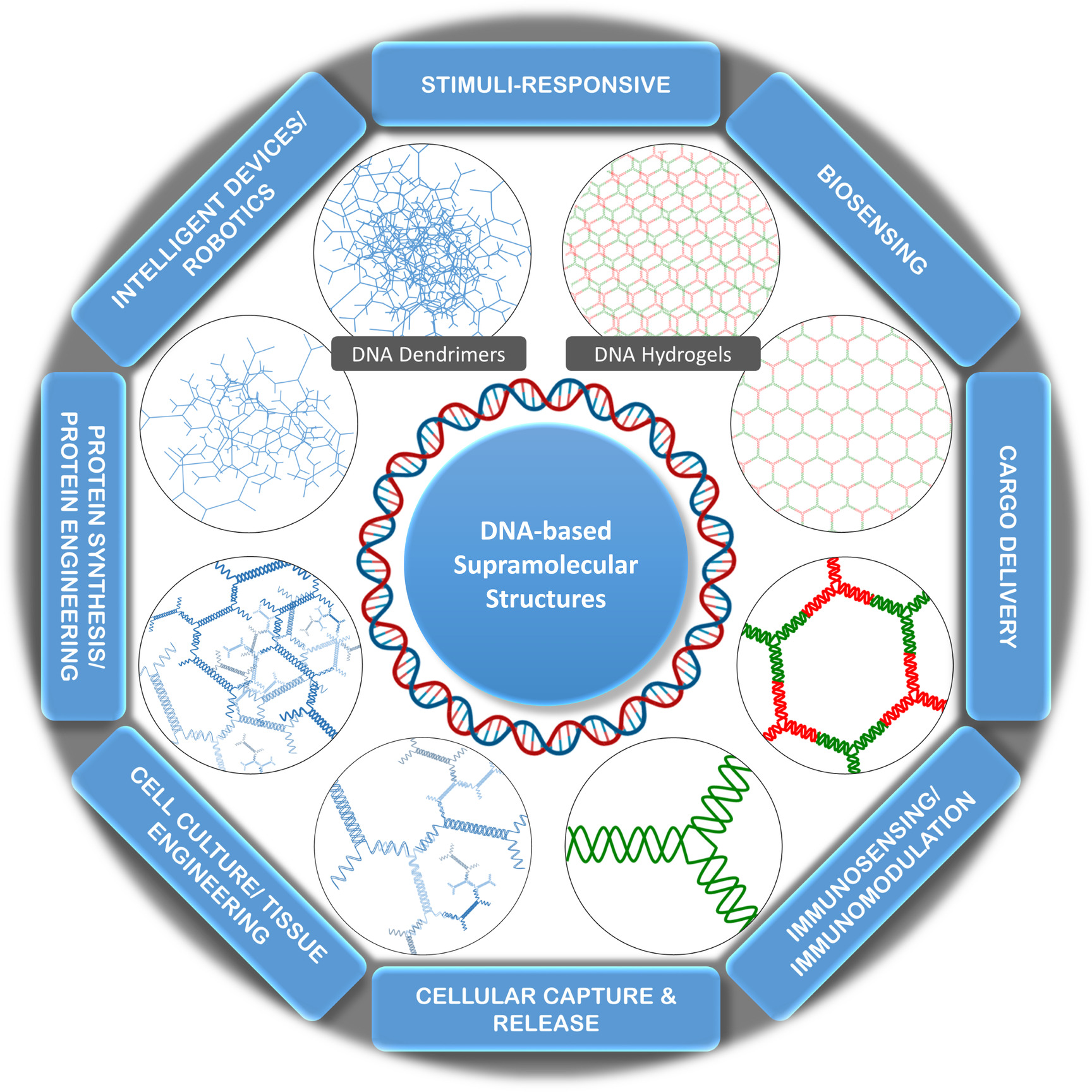
DNA based building blocks are explored to realise supramolecular assemblies like DNA hydrogels and dendrimers that exhibit very high growth potential in different domains of biomedical applications such as stimuli responsive devices, biosensing, therapeutic delivery, immunosensing and immunomodulation, tissue engineering and robotics, etc.




